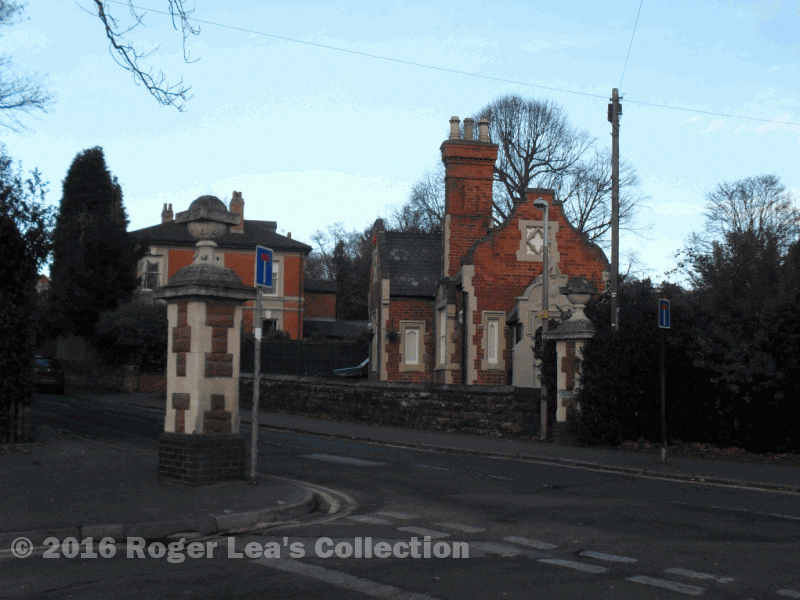Four Oaks Park in 1820 covered 46 acres, not big enough for the owner of Four Oaks Hall, Sir Edmund Hartopp. By taking 63 acres from the adjacent Sutton Park, he could enlarge his Four Oaks Park to a more respectable size, but the Court of Chancery had ruled that no part of Sutton Park could be conveyed to a private owner. Hartopp found a loophole - he could get his 63 acres if he gave an equivalent amount of land in exchange to be added to another part of the park. He set about buying land from Wriothesley Digby, owner of the extensive Holt lands later known as the Somerville Estate which adjoined Sutton Park to the south. The negotiations for the exchange now began, with the Bishop of Lichfield as referee, and because the land Hartopp wanted included valuable woodland at Ladywood it was decreed that he should give 93 acres of land to the Corporation for the 63 to be added to Four Oaks Park.
Of these 93 acres, only 52 acres were added to Sutton Park, partly near Powells Pool and part near the Town Gate. Town Gate and Park Road were set out by Sir Edmund Hartopp in 1827 - previously the main entrance to the park had been at Wyndley. A few years later Hartopp built the wall which still exists from Four Oaks Gate to Hartopp Gate; the handsome gateway in this wall which allowed carriages to carry picnic parties from the hall to their private lake at Bracebridge Pool is now concealed by undergrowth.
The remaining 41 acres remained in the hands of the Corporation so that the rents could supplement the poor rate in lieu of the income from sale of timber at Ladywood.
The 41 acres became known as the Tudor Hill Estate, and it was laid out as a building estate, with the present Tudor Hill and Richmond Road curving round to meet each other. Building began in 1864, when Miss Holbeche noted in her diary “Tudor Hill and Lodge begun”. Tudor Hill was close to the new railway station, but development of the estate was very slow. In 1879 the Sutton Park railway cut through the northern part of the estate, taking extra land for Sutton Park Station and a goods yard. This severed the north end of Tudor Hill and Richmond Road, the part of the estate lying beyond the railway being accessed from Mulroy Road.
